Research says the giant impact triggered Earth’s plate technologies
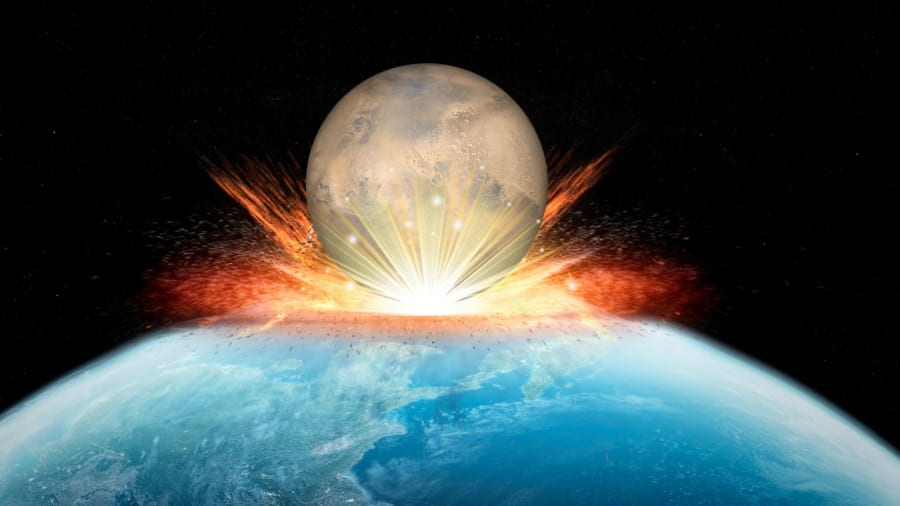
It is believed that there were more than a dozen small protoplanets in the region where the rocky planets are found today such as Mercury, Venus, Earth and Mars.
Over time, these protoplanets were attracted by each other’s gravitational force and collided again and again, forming the four rocky planets we know today.
Previous simulations showed that Mercury was formed as a result of the collision of one or two protoplanets, Venus around eight, Earth ten, and Mars did not experience any collision, it was considered one of the planet’s survivors.
But the final collision with the Primordial Earth was a little different from the other cases.
The last collision occurred 4.5 billion years ago between the primordial Earth and the primordial planet Theia.
However, it is believed that the collision at this time was not a head-on collision, but occurred as if it rubbed against a part far from the center of gravity.
As a result, part of the planet “Theia” merged with the Earth, but the rest was scattered with fragments of the Earth, and then merged to form the Moon.
This sequence of events is called the Giant Impact and is currently the leading theory for the Moon’s origin.
However, direct evidence of the dynamics of the giant collision has been difficult to find.
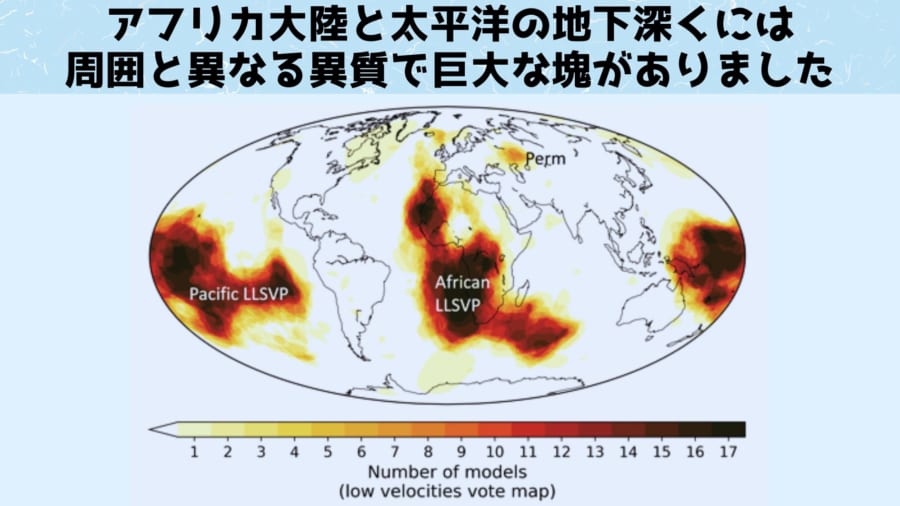
In 2016, things changed dramatically.
Advancements in seismic wave monitoring technology have revealed that under the African continent and the Pacific Ocean lies a massive slow-propagating mass seismic (LLSVP), which is qualitatively different from the rest of the Earth’s mantle.
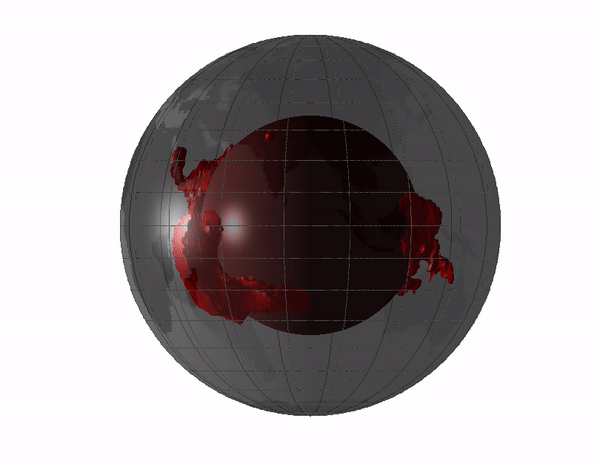
A number of theories have been put forward as to how this heterogeneous massif (LLSVP) originated from the Earth’s interior, but none is definitive.
So Caltech changed its mindset and began to believe that the LLSVP was a remnant of the planet Theia, which once collided with Earth.
Simulation study conducted in 2021They showed that if Theia’s mantle was denser than that of Earth, it would burrow into the Earth’s interior after impact and form clumps with distributions and sizes similar to those observed.
There is a possibility that the ‘protoplanetary Theia’ that triggered the giant impact is buried in the Pacific Ocean
If the simulation results are correct, the evidence for giant impacts is sleeping under our feet.
But if a huge continent-sized mass were to become engulfed, the impact on Earth would be devastating, unlike any other planet or moon in the solar system.“special character”Perhaps it was given to the Earth.
So this time, researchers at the California Institute of Technology focused on the existence of “board technologies.”
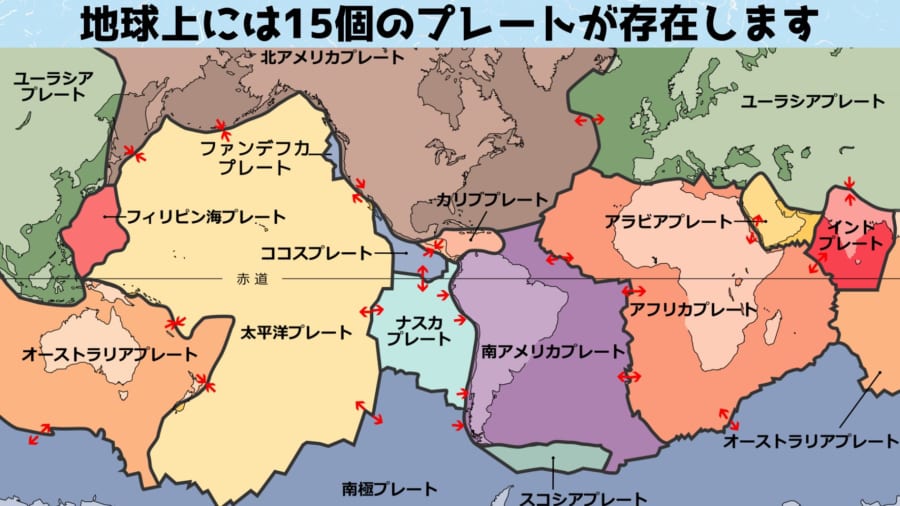
By exploring planets and exploring satellites in the past,Earth is the only planet in the solar system that has plate technologies.
Earth-like plate technologies did not exist on the immediate Moon, or on relatively nearby planets such as Mercury, Venus and Mars, or on moons such as Jupiter and Saturn, and were the “hallmarks” of Earth.
Therefore, the researchers then decided to use simulations to analyze what the subduction of Theia debris brought to Earth.
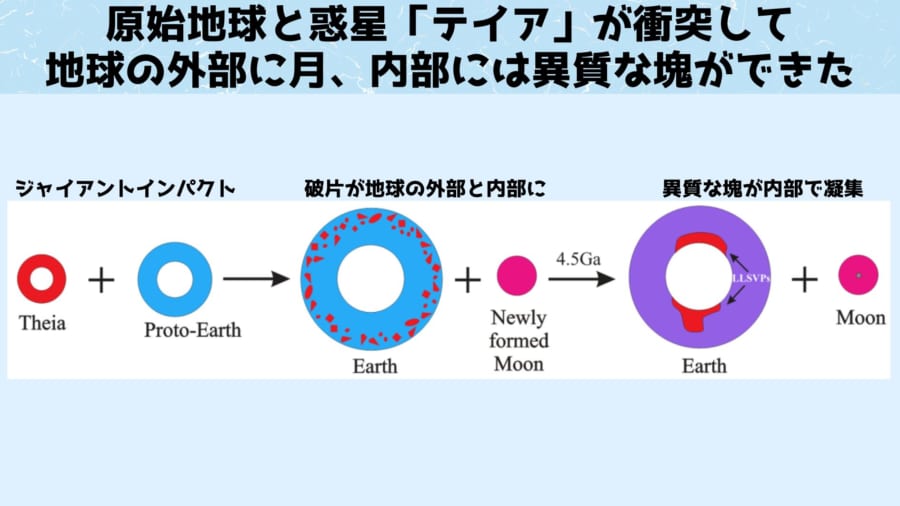
The simulations started from the giant collision between the primordial Earth and Theia until 4.5 billion years ago, and then tracked how the Theia fragments were distributed within the Earth.

Then, about 123 million years after the Theia impact, it was found that fragments of Theia penetrated the Earth’s interior, and the rebound caused a huge column of lava to rise toward the Earth’s surface.
Moreover, 133 million years after the collision, the massive plume that occurred reached the crust and violently ejected magma.
As the erupting magma continues to cool and solidify, new crust(s) begin to form, and you can see how the old crust sinks.
If the simulation results are correct,The formation of the Moon and the early stages of plate formation will be linkedI believe.
Due to plate technologies, the planet’s interior materials have been actively supplied to the Earth’s surface, and have played a role in promoting the birth of life.
In addition, the function of plate technologies has created a land on Earth covered with water, which provides the basis for building a rich ecosystem and has become one of the defining characteristics of the Earth.
If the angles of planetary collisions that occurred 4.5 billion years ago were a little different, then Earth would not have had moon, plate technologies or continents, and life might have been very different than it is today.
Researchers say that if there is a planet with a large moon or plate technologies when searching for exoplanets, it may have caused a special giant impact like Earth.
If we can confirm crustal motions on such exoplanets, we may be able to follow the same evolutionary process as on Earth and give birth to life.

“Travel maven. Beer expert. Subtly charming alcohol fan. Internet junkie. Avid bacon scholar.”





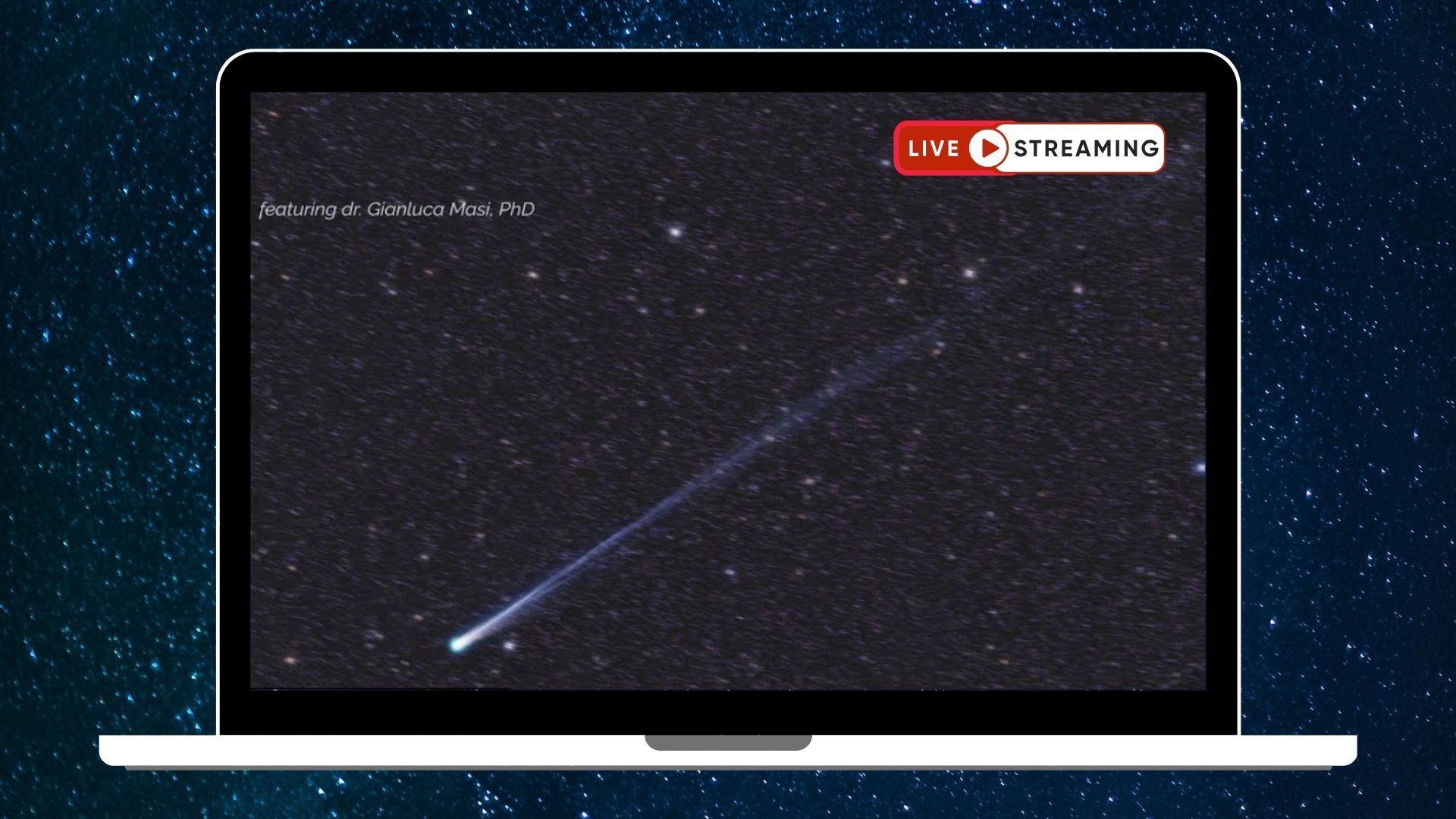
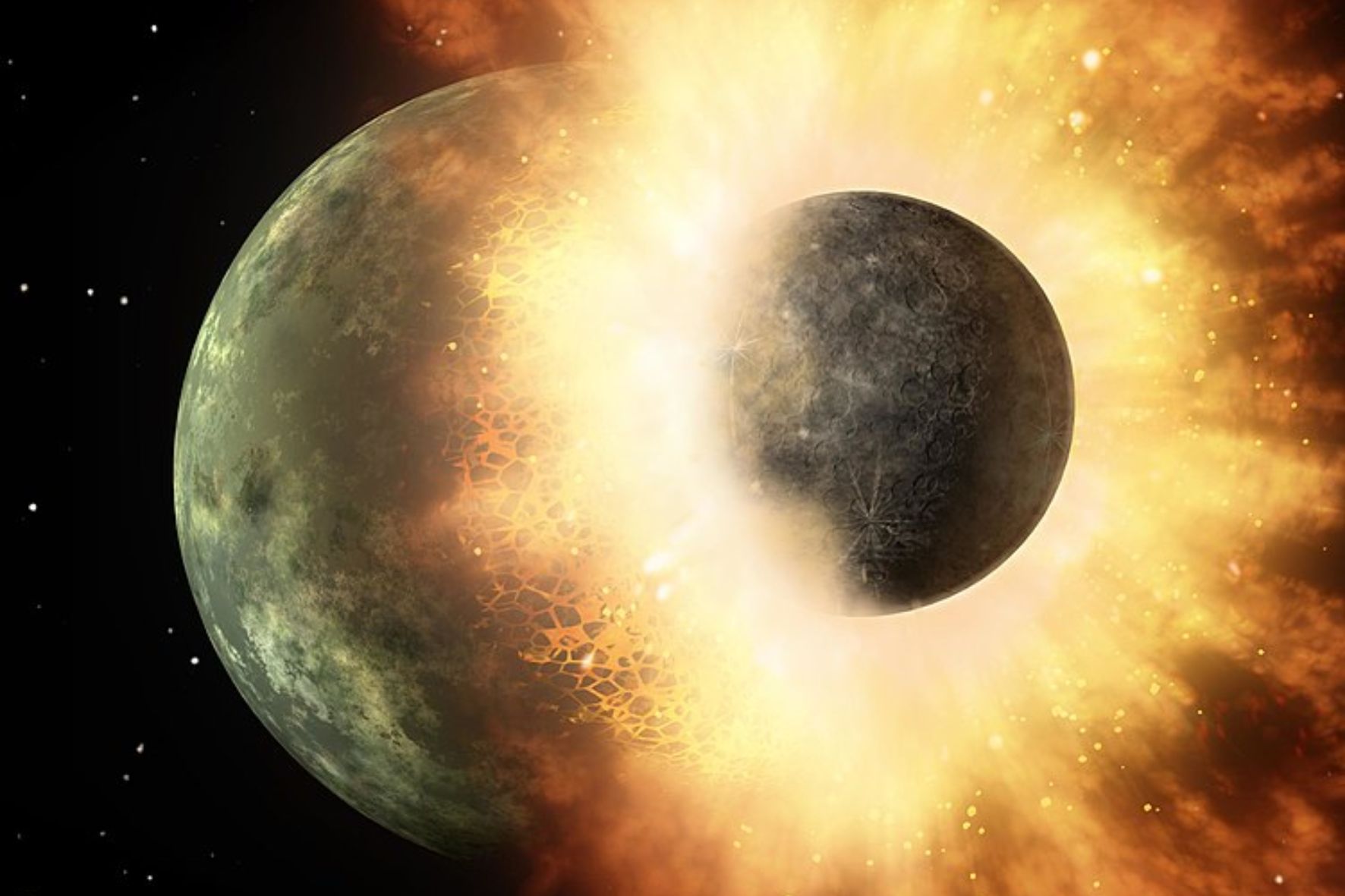
More Stories
The ranking of the best survival horror games selected by the IGN US editorial team has been released! Resident Evil RE:2 ranked first
Enjoy a hot cigarette while looking at whales and tropical fish under the sea ⁉︎ “Ploom Dive” is an amazing spatial video experience using Apple Vision Pro
Apple Watch now supports sleep apnea, watchOS 11 released – Impress Watch